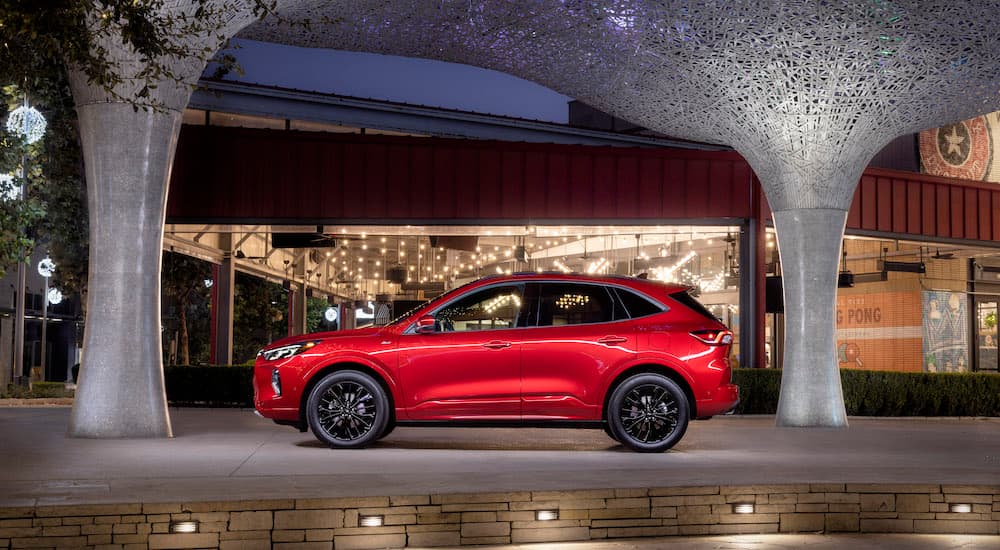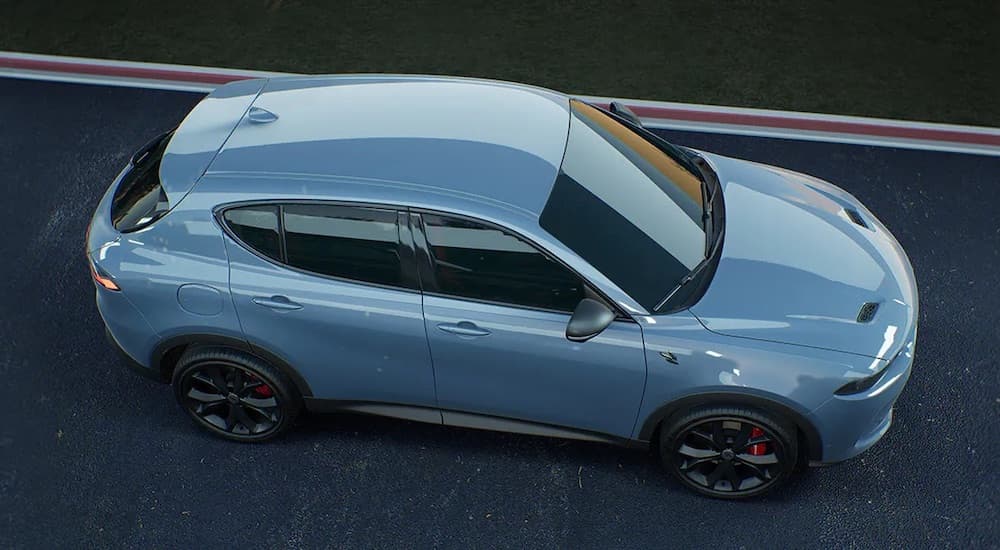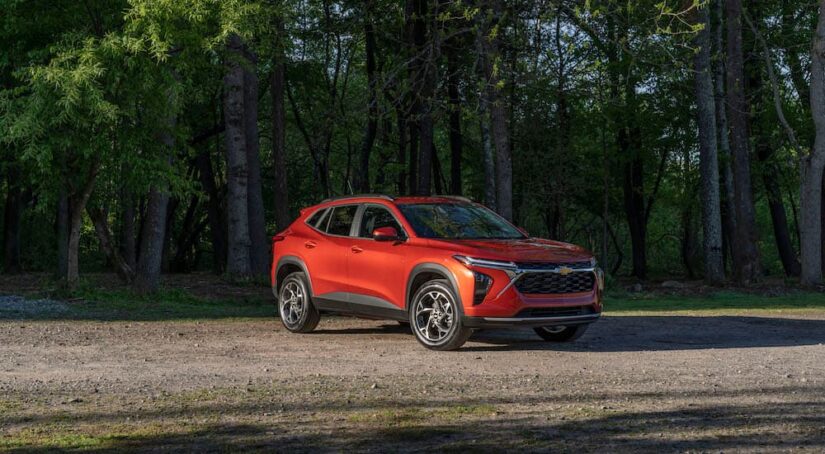When you’re a parent, watching your kids grow to become more independent is a double-edged sword. On the one hand, they don’t need as much constant supervision as they did when they were younger, which means you have more time to yourself. On the other hand, it’s scary to know that your children are out on their own in the big, wide world, not knowing whether they’ll stay safe. That worry grows exponentially once your teens start getting behind the wheel—a lot can happen out on the road, after all. But all birds need to leave the nest eventually, so you need to face your fears and do what you can to mitigate the risks. Of course, you want to ensure that they go to a driver’s ed course (and encourage them to pay attention) and coach them yourself while they have a learner’s permit and still need an adult in the car.
But even once your little ones are completely out on their own, there are some vehicles that let you continue to keep an eye on their progress as drivers and can help your young drivers to develop good habits. You might have seen Teen Driver advertised as a feature at your local Chevy dealer or wondered what exactly Ford MyKey does and how it differs from Dodge Family Drive Alerts. If so, you’ve come to the right place. These features can all be used to help you keep tabs on your teenager as they learn how to drive, but since they’re made by different companies, they aren’t identical. Let’s dig into the details and see what the big three American automakers (General Motors, Ford, and Stellantis) have to offer concerned parents.
General Motors: Teen Driver
GM is the parent company behind brands like Chevrolet, GMC, Buick, and Cadillac. All of these brands offer Teen Driver, typically as a standard feature across all trims of a model. Teen Driver is a feature that works on multiple fronts to keep teens safe behind the wheel and encourage good habits. To set it up, you link the setting to a particular key fob; that way, you can give your child a particular key for when they use the car, but be able to use it yourself without having the Teen Driver settings active. Note that if you and your teen both have your keys in the vehicle, Teen Driver won’t be active since the adult key will override the settings. You set up a PIN so that you can configure the settings, but your teen cannot.
When Teen Driver is active, several driver assistance safety features are also active and cannot be disabled. The exact features vary from vehicle to vehicle but generally include alerts that draw attention to imminent collisions and automatic features like corrective steering and emergency braking. Super Cruise, on the other hand, is disabled while Teen Driver is active. While this hands-free driving mode can be useful for experienced drivers on long road trips, it’s probably not a crutch you want your learning teen leaning on before they know what they’re doing. When your teen is running low on fuel, they won’t be able to dismiss the warning message on the screen, making it hard to forget or ignore.
There are also several configurable settings that let you, as the parent, take control. You can set an audio limit so your kids can’t ruin their hearing or bother your neighbors by blasting their music as they drive. You can also set both a speed warning and a speed limit to discourage and prevent reckless driving. Buckle to Drive encourages safety by preventing the driver from shifting out of park for 20 seconds if they (or a detected passenger) don’t have their seatbelt fastened. Even after that 20 seconds, the audio system will remain muted if the front occupants aren’t buckled in. Depending on the particular model, Buckle to Drive may be configurable or may always be turned on when Teen Driver is active. Finally, if you have SiriusXM radio, you can filter explicit content.
Once your teen is back home, you can check on how they did on the road by using the in-vehicle report card. This log will show you the distance your teen drove so you can see if it lines up with where you expected them to go, let you know the maximum speed the vehicle reached, and how many times (if any) the stability control system, anti-lock brakes, forward collision alerts, and automatic braking systems were triggered. If you have tailgating alerts equipped, you’ll see those, too. This can help you address your teen’s weak spots with personalized coaching, even when you’re not always in the vehicle with them when they drive.

Ford: MyKey
MyKey is a setting available on both Ford and its luxury brand Lincoln. It’s fairly similar to Teen Driver—it also uses a configured keyfob, so you and your teen can share a vehicle, and, like with Teen Driver, the presence of an adult key (or admin key) will override the presence of a MyKey. One difference in configuring settings is that Ford essentially uses the admin key as a password rather than requiring a PIN.
MyKey settings that can’t be customized include a seat belt reminder (including a muted audio system when front occupants aren’t buckled), a low fuel alert that actives earlier than usual to give your teen more time to act, driver assist features that can’t be disabled, and adult content restrictions on satellite radio. Configurable settings include speed warnings and limits as well as a volume limit. You can also ensure that features like traction control and emergency assist can’t be disabled by your teen if you have these features on your vehicle.

Stellantis: Family Drive Alerts
The third member of the big three is Stellantis, the parent company of brands including Chrysler, Dodge, Jeep, and Ram. They also have a parental safeguard system (Family Drive Alerts), but it’s significantly different from those offered by GM and Ford. For one thing, it’s not controlled with the in-vehicle interface. Instead, you use an app on your smartphone. This could be seen as more convenient, but it also comes with a big catch: you need to be subscribed to Uconnect+ and SiriusXM Guardian if you want to use it. Unless you’re under a free trial or paying a monthly fee, you can’t use Family Drive Alerts at all.
The system also doesn’t have the same limits and alerts for the driver as Teen Driver and MyKey. Instead, it sends you alerts on your phone if your vehicle leaves a certain set boundary (you can set up to five geofences), goes over a certain speed, or moves outside of a set curfew. While this can give you peace of mind if you don’t get any alerts and allow you to coach and discipline your child after the fact, it doesn’t do the same real-time habit setting as the other two systems.
Which System is Best?
It seems clear that the GM and Ford offerings are superior to the Stellantis feature: they don’t require a subscription, and they have a wider range of settings and helpful features. While Teen Driver and MyKey have a lot in common, Teen Driver comes out on top when you line everything up. The protective PIN is far from hack-proof, but it’s likely to be a more secure system than an admin key since most people keep their car keys easily accessible rather than hidden from teens looking to misbehave. Teen Driver also has the added benefit of the in-vehicle report card, which can be a helpful tool for parents looking to set their young drivers up for success.



